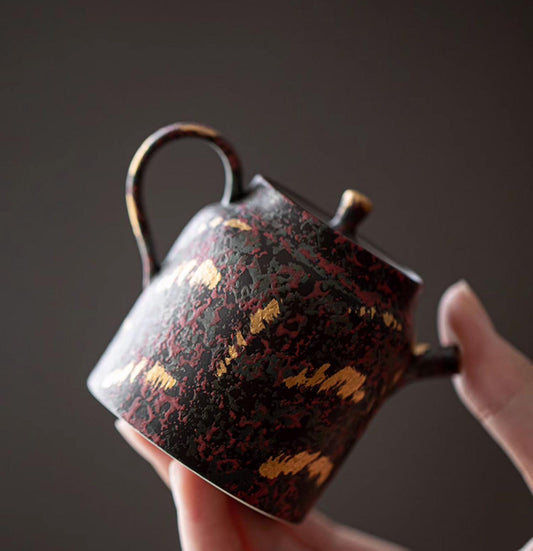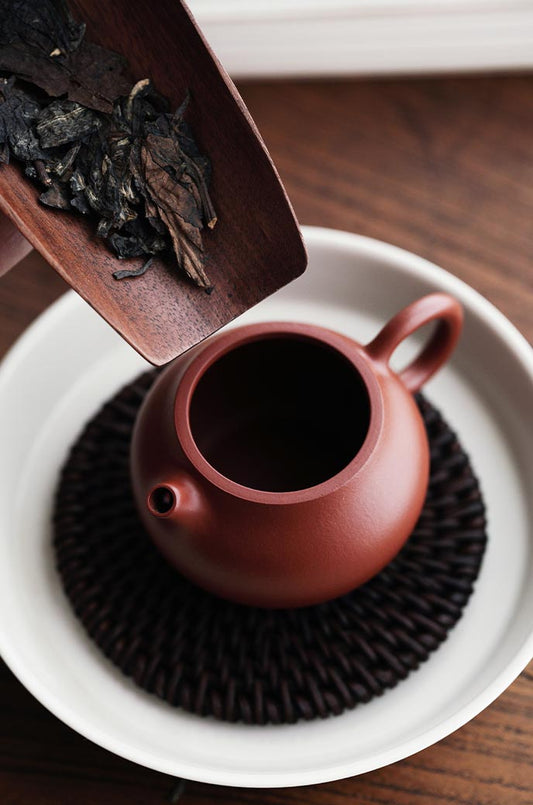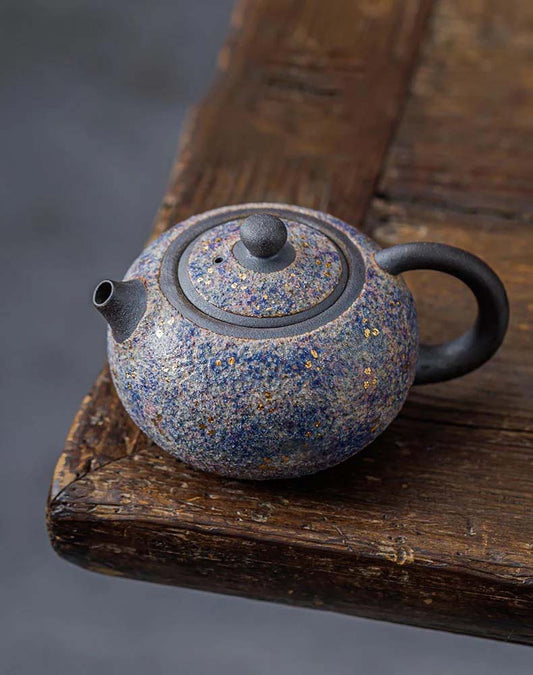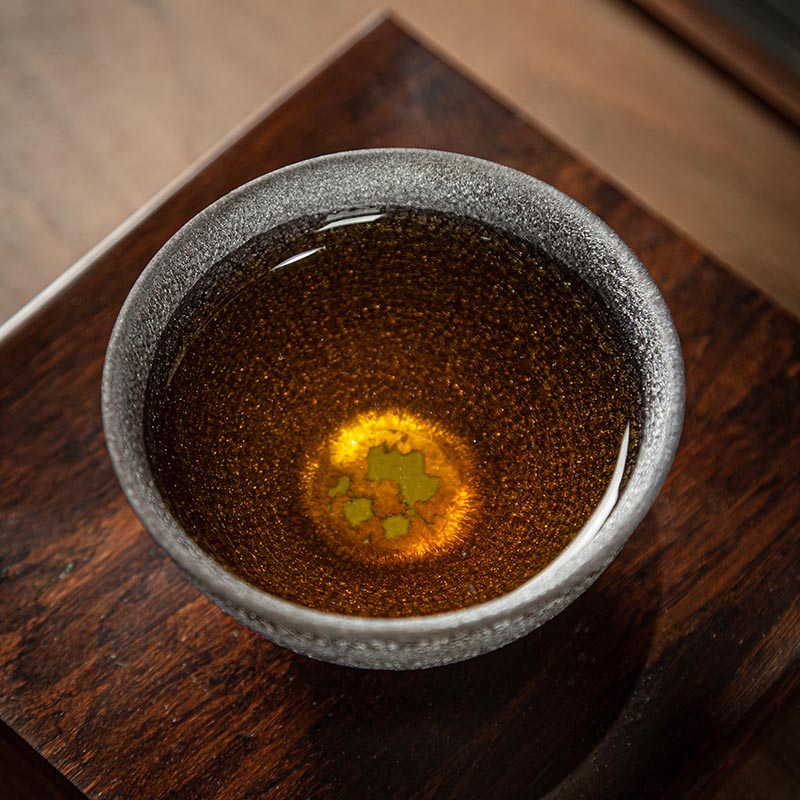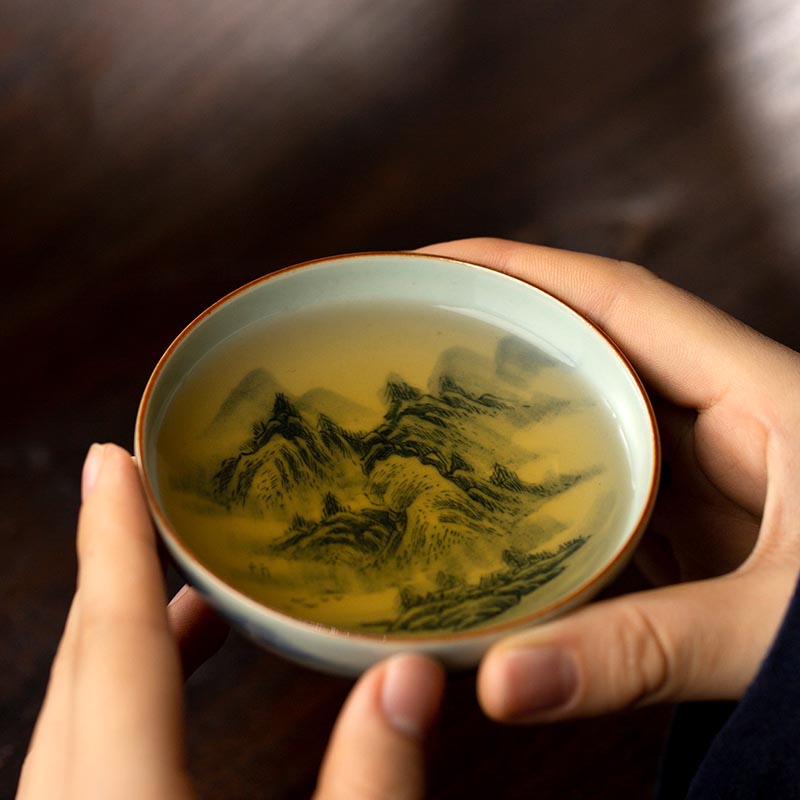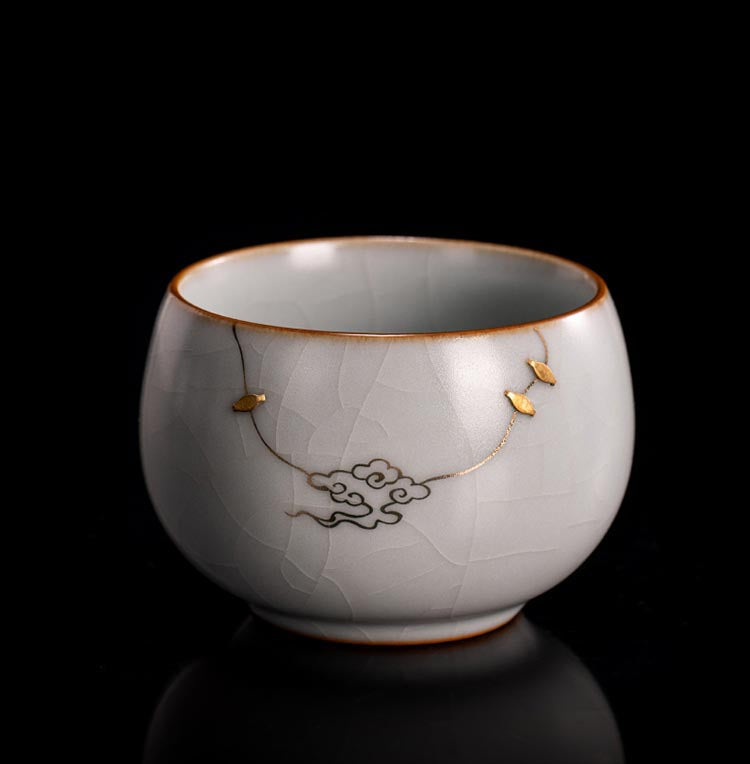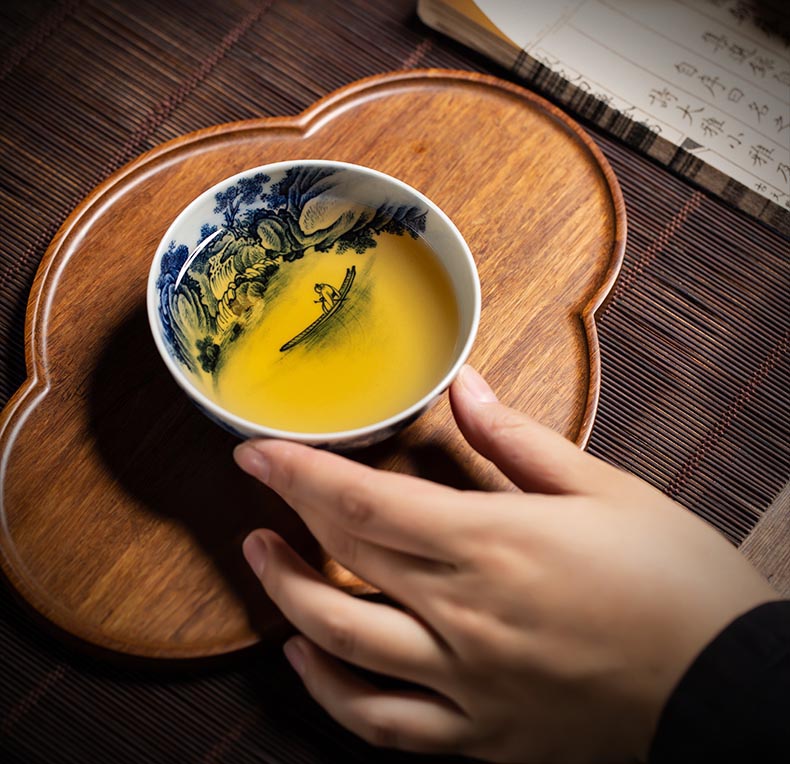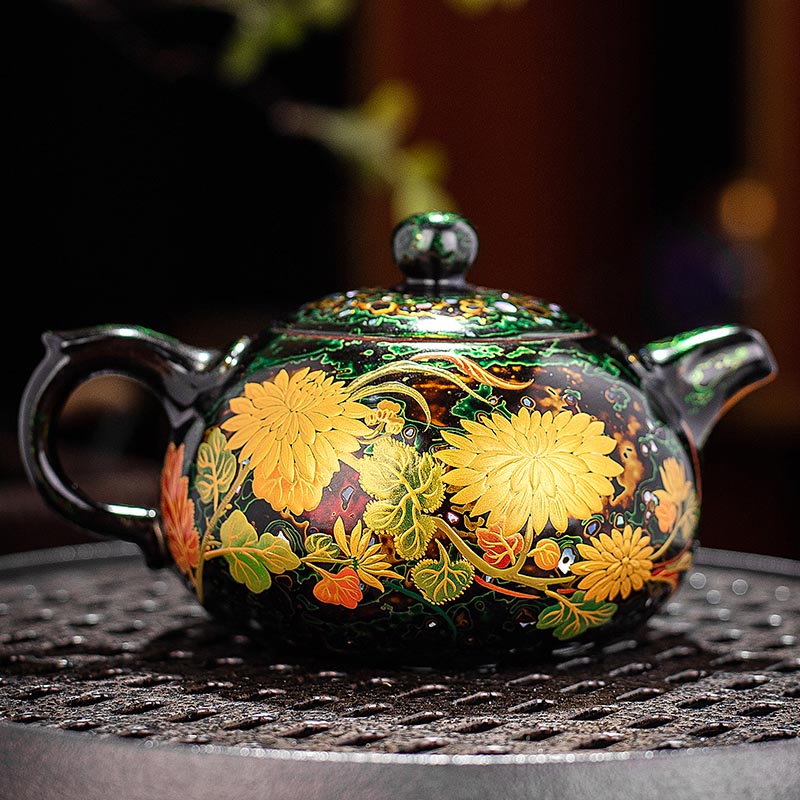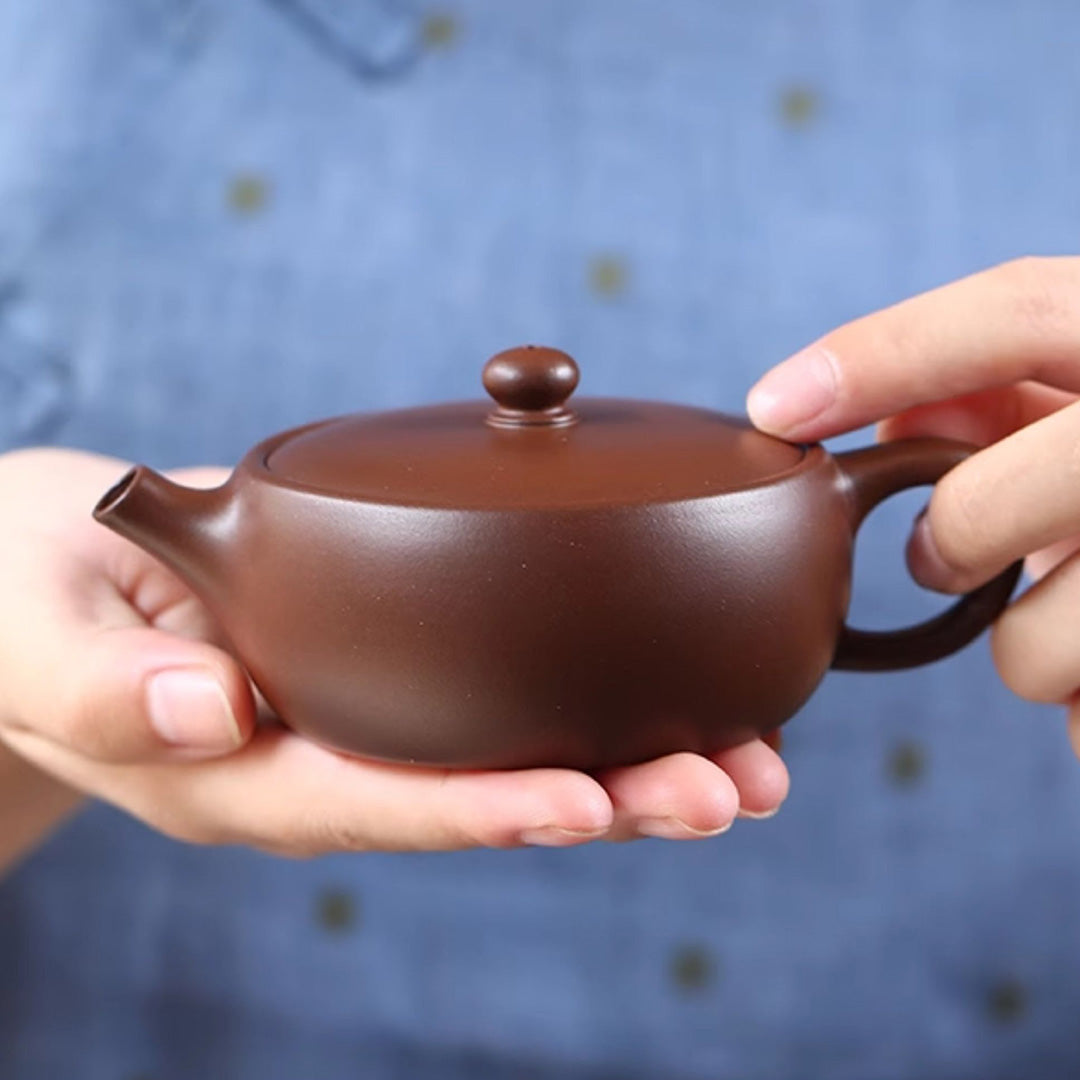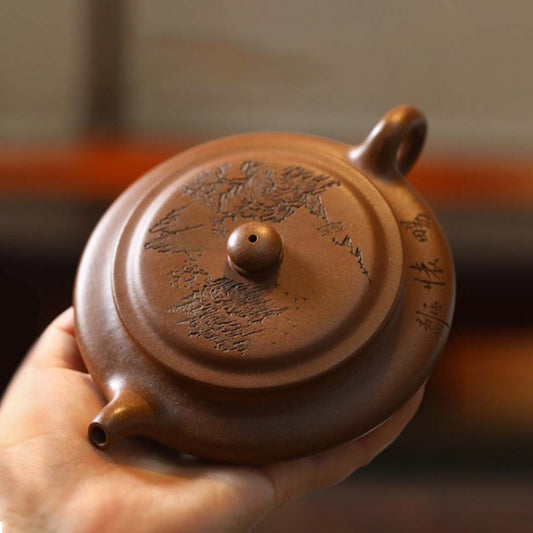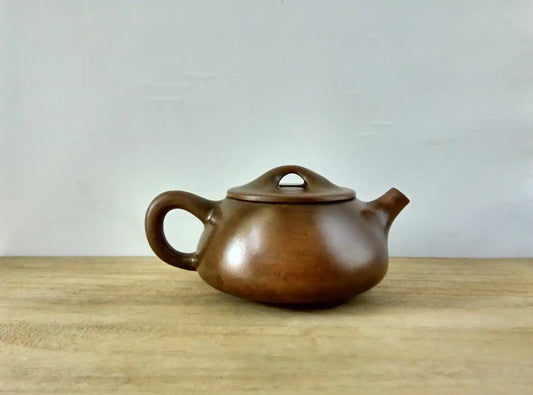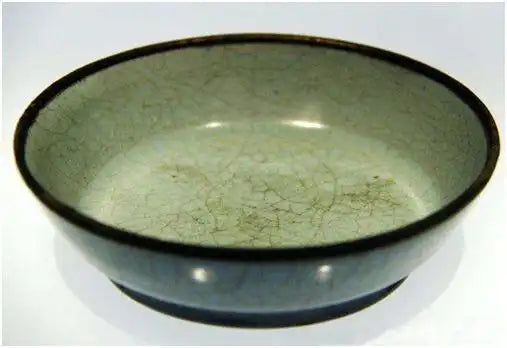The Art and Subtlety of the Teapot Spout
The Art and Subtlety of the Teapot Spout
Step into a room where the quiet ritual of tea unfolds, and your eyes might first be drawn to the delicate curl of steam, the curve of elegantly crafted teaware, or perhaps the meticulous hands of the person brewing. Yet, among all these visual delights, the spout of the teapot — that unassuming feature sometimes overshadowed by the vessel's more prominent parts — holds a mastery all its own.
In truth, a teapot's spout is a marvel of both art and engineering, a conduit between the sacred cocoon of pot and the expectant cup. Each shape and curve is intentional, honed over centuries of refinement to achieve the perfect pour. Traditional Yixing teapots, often praised for their meticulous craftsmanship, embody this elegance. Made of zisha or purple clay, these masterpieces reveal their true prowess through their spouts. It's said that a well-crafted Yixing pot should allow the tea to flow like silk, neither in a rush nor a trickle. The potter’s precision in shaping the spout determines the tea's final dance from pot to cup, marrying function with beauty.
But beyond the artistry, there's a history to be pondered. Long ago, in the tea rooms of Song Dynasty China, teapots were conceived with spouts that echoed the age's aesthetics — think graceful, elongated designs reminiscent of scholar's brushes. As tea culture spread, so did the styles of spouts, each iteration reflecting the desires and philosophies of its own time. In Japan, the Kyūsu teapots rose to prominence, featuring side handles and short, stout spouts designed for precise control, a perfect fit for the meticulous ceremonies of matcha. In these variations, the teapot spout became not just a tool but a signature, a message of cultural exchange and local adaptation.
A well-made spout offers the tea drinker more than just utility; it plays a vital role in the sensory ritual of tea drinking. Consider pouring from a Jian Zhan teacup, with its unique glaze designed to enhance the visual allure of tea. Or the unexpected delight of a Ru ware piece, its ice-crackled surface subtly framing each drop as it cascades. There's a rhythm, a choreography to the pour that invites peace and reflection. It’s as if the spout and its flow are guiding you to pause, to feel the weight of the moment between the clamor of life.
There is a certain truth in the notion that the teapot spout, in its quiet necessity, teaches patience and appreciation. It reminds us that small details often hold grand significance, that the whisper of tea into a cup can speak volumes. When next you find yourself pouring a fragrant brew, take a moment to appreciate the spout — that modest member of the teapot family, telling its own story one pour at a time.


